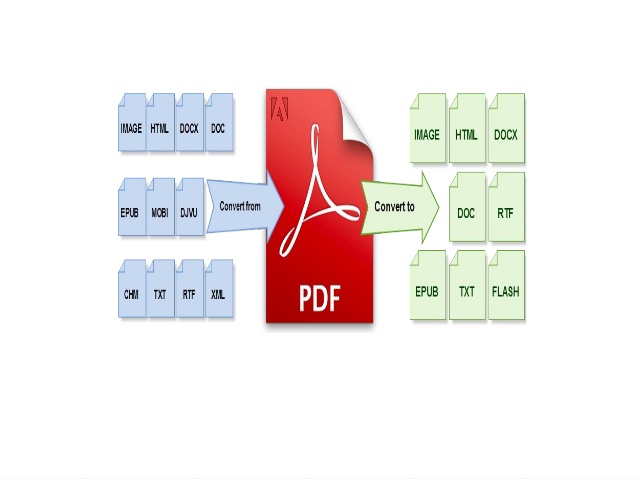How MRI of spine is done
When an MRI is done, mostly radio waves and magnets are used to capture some images inside the human body and that too without making any kind of surgical incision. This scan helps the doctor to see the soft tissues present in the human body like muscles and organs and sometimes the bones as well.
MRI whole spine scan in Bangalore can be done and when it comes to lumbar MRI it mainly examines a certain section of the spine where one mostly suffers due to some back pain.
The lumber portion if a spine is mainly made up from five lumbar vertebral bones, the bottom of the spine or the sacrum and the tail bone or the coccyx. The lumb portion of the spine also contains some large blood vessels, tendons, nerves, ligaments and cartilages.
Why a Lumbar Spine MRI is done?
Well, a doctor may recommend an MRI there in order to diagnose the problems better and treat them accordingly. There can be infections, injury related pain or other conditions which are leading to these issues. The doctor asks for the MRI if the patients have symptoms like:
- back pain accompanied by fever
- injury in the lower spine
- birth defects affecting the spine
- multiple sclerosis
- persistent or severe lower back pain
- problems with the bladder
- weakness, numbness, or other problems in the legs
- signs of brain or spinal cancer
- The doctor can also ask for a lumbar MRI if the patient is scheduled to have a spinal surgery. This will help the surgeons in planning how the incision will be done.
When an MRI is done, it actually provides images from different angles of a particular part of a human body. When it comes to lumbar spine the images mainly show spread like disks, bones, spinal cord and the spaces in between the vertebral bones from where the nerves pass through.
Does the MRI have any risk factors? Well like a CT scan or an X ray it does not use any kind of ionizing radiation on the patient. This is actually a safe alternative for a woman who is pregnant or a growing child. Though sometimes there are a few side effects, but that too are very rare. But yes, there are some risks for those people who have implanted metals in their body. The magnets that are used in an MRI can create some problems if there is a pace maker or if there is any implanted screws or pins present in the body.
There can be some other complication that can happen like allergic reactions to the contrast dye which is used during the test. In some cases of MRI examinations a particular contrast dye is injected to the blood stream of a human so that it can make the blood vessels prominent in the area which is supposed to be scanned. The dye which is mainly used is called gadolinium. The allergic reactions that may happen due to this are generally mild and they can be controlled easily with medication. But sometimes the reaction can be severe but that is very rare.
Before the test the patient should let the doctor know if they already have a pace maker. Then the doctor may go for another method to find out the reason for spinal problems rather than going for an MRI. These tests are mostly CT scans and X rays.
When one is ready for an MRI the doctor will ask the patient to remove all the jewelleries and metals they have on their body and remove their clothes to change into a hospital gown. This is needed because the MRI magnets can sometime attract metals. The internal metal implants which can cause problems are:
- artificial heart valves
- implants
- clips
- pins
- prosthetic joints or limbs
- plates
- screws
- stents
- staples
If the doctor or the lab tester is ready to use the contrast dye the patient should make them aware of they have allergic reactions to anything.
There are some times during the test that the patient might feel uncomfortable or may feel claustrophobic and then the doctor can prescribe them some anti anxiety medicines. Sometimes especially if a child is going for an MRI a mild sedater is used on them.
A regular MRI machine looks like a large metal doughnut and it has a bench attached to it which slowly glides the patient to the centre of the machine. The patient needs to follow the doctor’s instructions regarding that. This entire process can take from 30 to 90 minutes.
In those cases where the contrast dye is used the doctor or the nurse will inject the contrast dye through a tube which is inserted to the patient’s vein. Sometimes the dye needs time to work through the blood stream and so one may have to wait for at least an hour.
The technician will let the patient lie on the bench on their back or stomach. One can also get a pillow or a blanket if needed. The technician will control the movement of the bench and they will be communicating with the patient with the help of a speaker. When the test is in process, the machine may make some noise like loud thumping when it takes images. The patient can go for an ear plug or a head phone to avoid that noise.
Once the test is done the patient is released immediately. One can go for an MRI whole spine scan Bangalore because there are many hospitals which do these kinds of tests. After the test is over one needs to drink a lot of water in order to flush out all the toxins from the body and the dye from the body. After the reports are out the doctors get the correct view and they think of the next procedure in treatment. Also if a surgery is needed they can transfer the patient to a surgeon.











